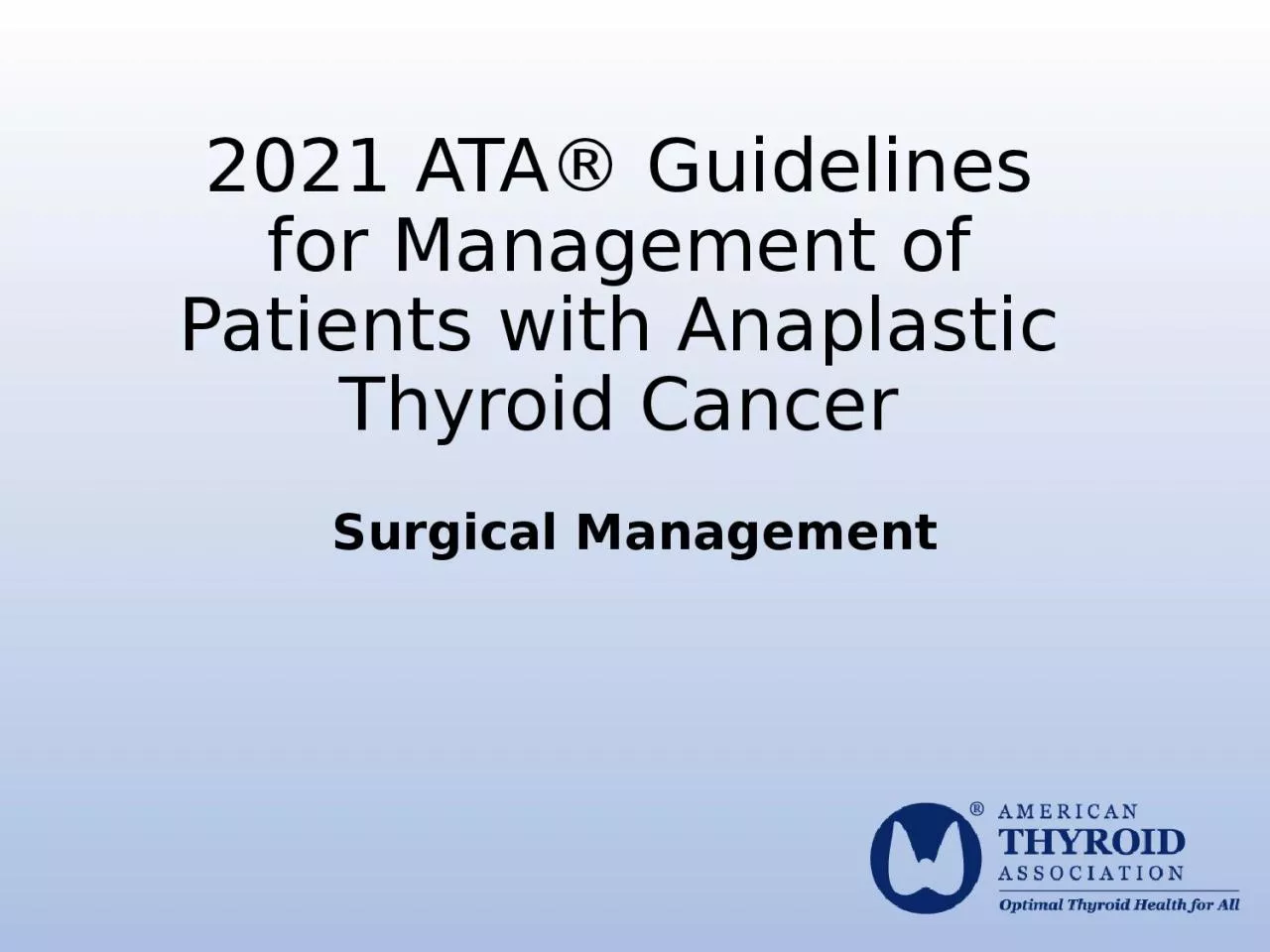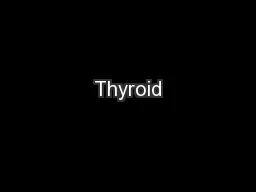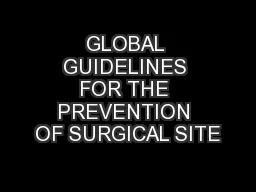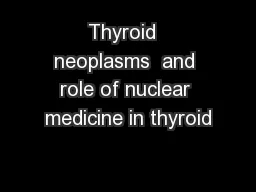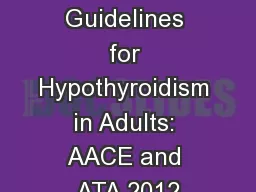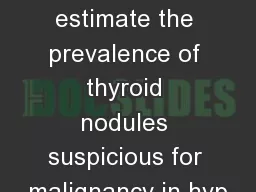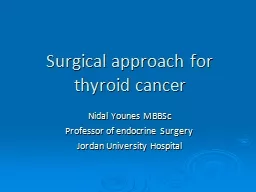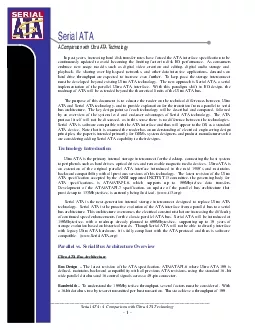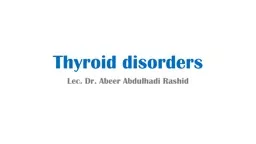PPT-Surgical Management 2021 ATA® Guidelines for Management of Patients with Anaplastic
Author : TheOneWithNoFilter | Published Date : 2022-08-04
Surgical evaluation for ATC Immediate airway evaluation Goal R0R1resection Is tumor resectable Determine extent of disease based on rapid and accurate staging
Presentation Embed Code
Download Presentation
Download Presentation The PPT/PDF document "Surgical Management 2021 ATA® Guidelin..." is the property of its rightful owner. Permission is granted to download and print the materials on this website for personal, non-commercial use only, and to display it on your personal computer provided you do not modify the materials and that you retain all copyright notices contained in the materials. By downloading content from our website, you accept the terms of this agreement.
Surgical Management 2021 ATA® Guidelines for Management of Patients with Anaplastic: Transcript
Download Rules Of Document
"Surgical Management 2021 ATA® Guidelines for Management of Patients with Anaplastic"The content belongs to its owner. You may download and print it for personal use, without modification, and keep all copyright notices. By downloading, you agree to these terms.
Related Documents

